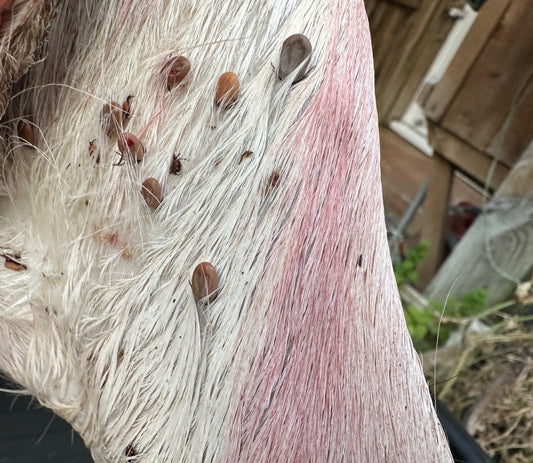Our approach to deer management is centered around sustainable practices that balance the needs of the ecosystem with the presence of deer populations. On this particular estate our goal is not to eradicate deer but to manage their numbers in a way that promotes ecological health and harmony. We adhere to a comprehensive deer management plan, typically structured over 1, 3, and 5-year cycles, to ensure long-term success and sustainability.
The Philosophy of Sustainable Deer Management
Deer play a crucial role in our ecosystems, contributing to biodiversity and natural processes. However, when their populations grow unchecked, they can cause significant damage to vegetation, disrupt the regeneration of woodlands, and lead to conflicts with human activities.
Our philosophy is to maintain a healthy deer population that coexists with the environment without causing undue harm. By managing deer populations, we aim to protect and promote biodiversity, support agricultural productivity, maintain woodland health, and enhance safety.
The 1, 3, and 5-Year Deer Management Plan
Our deer management plans are meticulously structured over 1, 3, and 5-year cycles to align with ecological needs and grant requirements, ensuring effective population control and habitat management.
Year 1: Initial Assessment and Immediate Actions
In the first year, we focus on conducting comprehensive surveys to estimate deer populations and understand their distribution. This initial assessment helps us evaluate the damage caused by deer to vegetation, crops, and woodland regeneration. Based on these findings, we implement targeted culling to reduce immediate pressure on the ecosystem and install protective measures like fencing to safeguard vulnerable areas.
Years 2-3: Monitoring and Adaptive Management
During the second and third years, we emphasise continuous monitoring of deer populations and their impact on the environment. Regular surveys enable us to adapt our culling practices based on the latest data, ensuring that deer numbers remain within sustainable limits. We also focus on habitat management by enhancing areas to support biodiversity and educating local communities about deer management to promote coexistence strategies.
Years 4-5: Long-Term Sustainability
In the fourth and fifth years, sustained monitoring is essential to ensure deer populations stay within sustainable limits. We review the effectiveness of the management plan and make necessary adjustments to enhance its outcomes. Additionally, we prepare documentation to support grant applications, ensuring continued funding and resources for effective management.
Implementing Effective Population Management
Effective deer management requires a combination of strategies tailored to the specific needs of the land and its inhabitants. At Wildscape Deer Management, we employ a variety of techniques to ensure that deer populations are maintained at sustainable levels. These include ethical and humane culling practices, the use of physical barriers to protect sensitive areas, habitat modification to support balanced ecosystems, and continuous monitoring and research to inform decision-making.
The Benefits of a Managed Deer Population
By adhering to a structured deer management plan, we achieve several critical benefits. Promoting a healthy balance between deer and their environment supports overall biodiversity. Reducing crop damage increases agricultural productivity, while ensuring the natural regeneration of woodlands contributes to long-term woodland health. Additionally, decreasing the likelihood of deer-related accidents fosters harmonious human-deer interactions, enhancing community safety.





